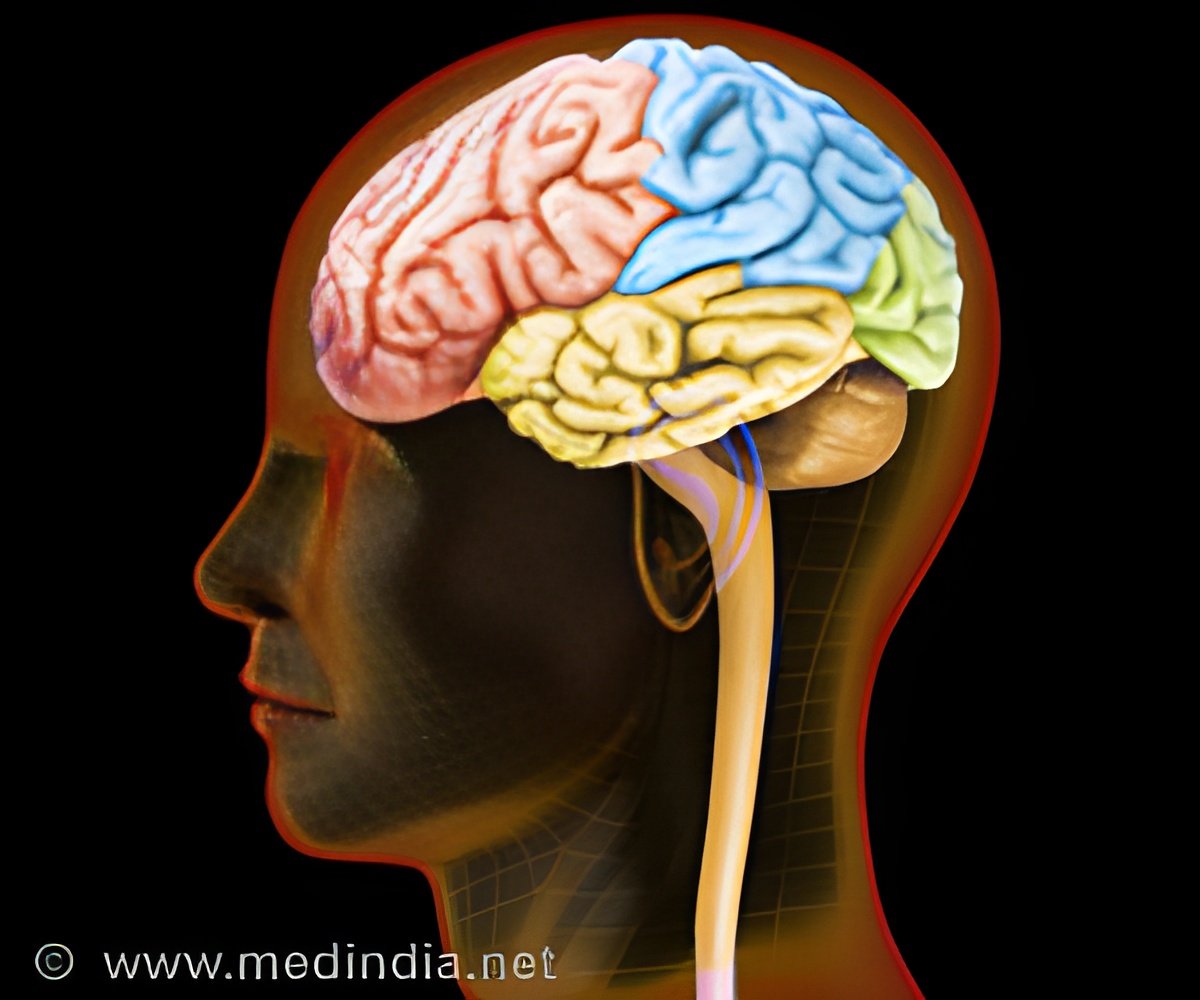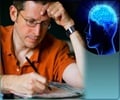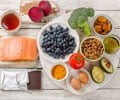Research has indicated that waves in your brain make smells stick to your memories and inner maps.

Researchers at the Kavli Institute for Systems Neuroscience have recently discovered the process behind this phenomenon. The brain, it turns out, connects smells to memories through an associative process where neural networks are linked through synchronised brain waves of 20-40 Hz. The results are published in the latest edition of Nature.– We all know that smell is connected to memories, Kei Igarashi, lead author, explains.– We know that neurons in different brain regions need to oscillate in synchrony for these regions to speak effectively to each other. Still, the relationship between interregional coupling and formation of memory traces has remained poorly understood. So we designed a task to investigate how odour-place representation evolved in the entorhinal and hippocampal region, to figure out whether learning depends on coupling of oscillatory networks.Smell guides the way in mazeThe researchers designed a maze for rats, where a rat would see a hole to poke its nose into. When poking into the hole, the rat was presented with one of two alternative smells. One smell told the rat that food would be found in the left food cup behind the rat.
The other smell told it that there was food in the right cup. The rat would soon learn which smell would lead to a reward where. After three weeks of training, the rats chose correctly on more than 85% of the trials. In order to see what happened inside the brain during acquisition, 16 electrode pairs were inserted in the hippocampus and in different areas of the entorhinal cortex.
Source-Eurekalert
 MEDINDIA
MEDINDIA




 Email
Email






